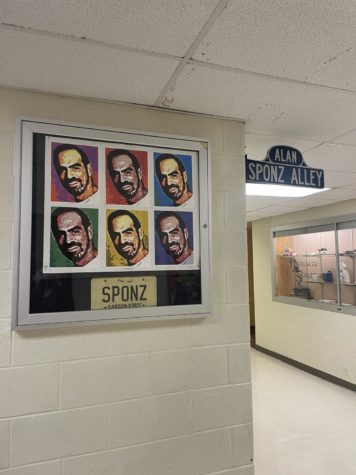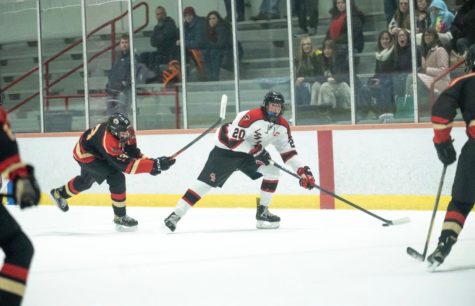Parents need to stop worrying about injuries and let their children play football
November 18, 2019
Just last week I finished my first season of high school football, and watched some of my best friends walk away from the game for the last time. All the memories made together through practices and games gone in a flash.
Many kids around the country don’t have an entire town rallied behind them every night in the fall whether that be due to their own personal choice, injuries, the struggle of dealing with other sports, their parents, or even their own lack of desire.
Both high school, and youth football have entered a major decline over the past decade. According to youth sports writer Bob Cook, over the 2018-2019 season the participation of high school boys playing football has dropped a whopping 3%, which is equivalent to 30,829 boys.
According to Andrew Mills of nj.com, in the state of New Jersey alone, the number of high school students that are playing football dropped by 2.3% which was just about 4,000 students. Around the country numbers of students playing high school football are at their lowest since 1999.
I think one of the main reasons that parents are holding their children out of football are due to the fear of their kids suffering concussions, and other major injuries. The Kansas State High School Activities Association released a list that showed that over 2,000 middle school and high school students suffered concussions during the 2018-2019 school year.
Concussions are a problem, but I believe that some schools, and coaches are not taking enough precautions to limit the number of concussions. On the other hand, many coaches are trying to incorporate new techniques on the field to prevent not only concussions, but other head and neck injuries.
Here at Glen Rock, Coach Kurz has introduced the team to a newer product that helps prevent head and neck injuries called a Guardian Cap. These caps are clipped onto players helmets and are used to reduce impact that is taken on by players’ helmets during practice.
The caps are now being used across the country at over 100 colleges, along with 1,000 high school teams. Even youth teams, have acquired the caps, and the caps are truly paying dividends.
Guardian has said that the caps which were first released in the year 2010 are said to reduce impact on athletes’ heads by up to 33%.
Football continues to be the sport with the highest number of concussions, but that number continues to drop throughout all levels of football from youth to the NFL over the past 3 years.
Coaches around the country are becoming more and more overwhelmed as the game they grew up with is now in such a different place, and is no longer the most popular high school sport on the United States.
A high school coach named Tom Goforth from Virginia said; “It saddens me because, other than my parents, no other thing that I did while growing up had as much of a positive impact on me as playing football.”
As a football player myself it’s awful to see people walk away from the game that teaches you the most lessons about life.
Back in elementary school I was not really the type of player that liked all the contact of the sport, but my friends and teammates along with my coaches taught me a lot about not only the game of football, but have taught me a lot about life in general. After becoming more involved with the contact of the sport the game became even more enjoyable.
Throughout my years as a player I have created friendships that will last any person a lifetime. Coaching here at Glen Rock at both the youth and high school level is outstanding, and the techniques they have taught me have kept me on the field, and healthy.
Parents need to stop reading the stories about how a kid got a concussion and could never play football again, and they need to realize that coaches are doing their part to ensure the safety of their kids.
If parents begin to do this, we as a country can bring high school football back to where it belongs, and that is center stage of the sports universe.





